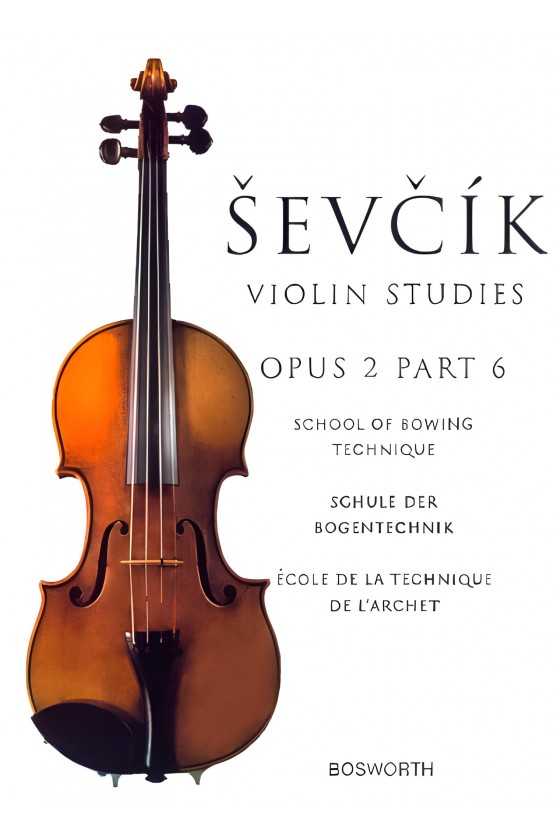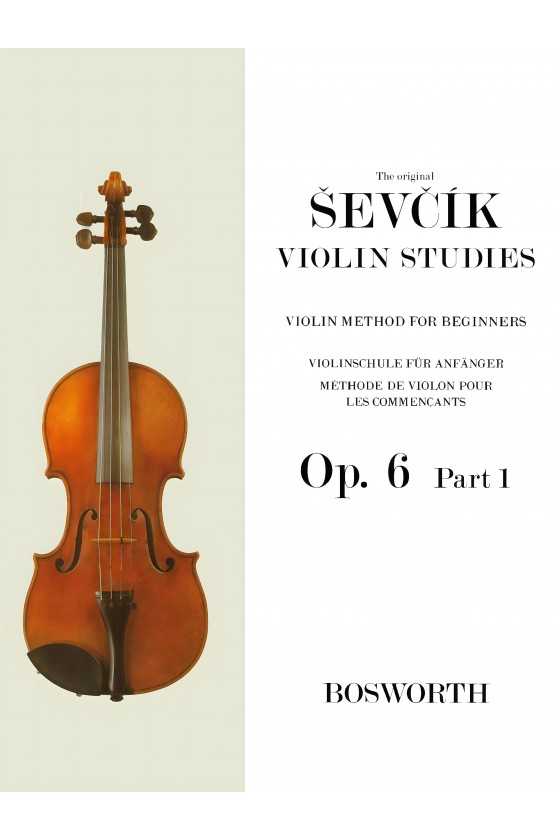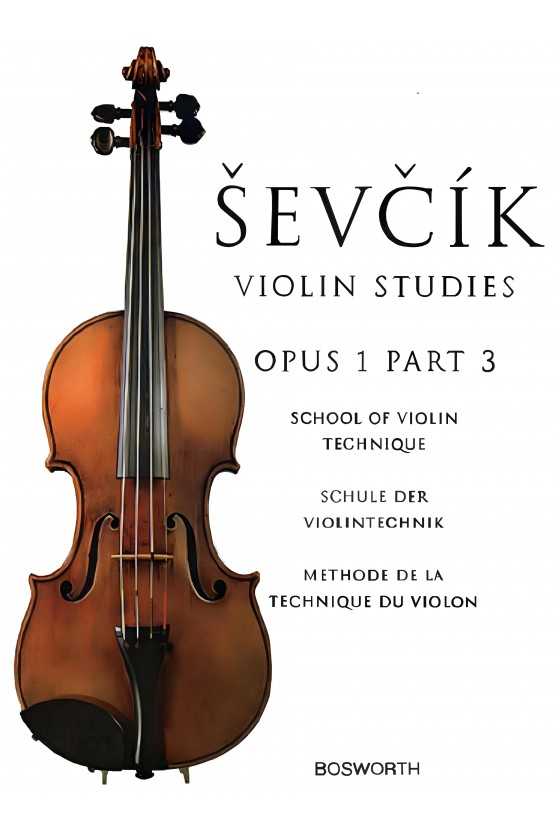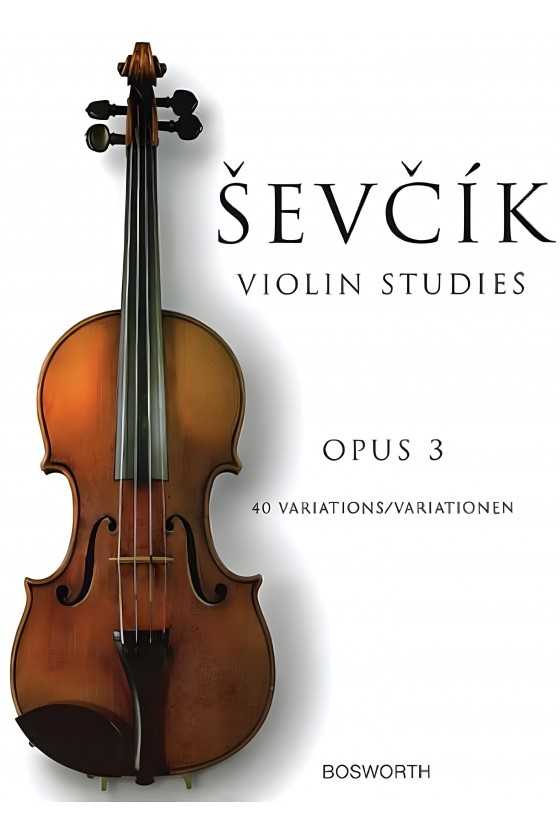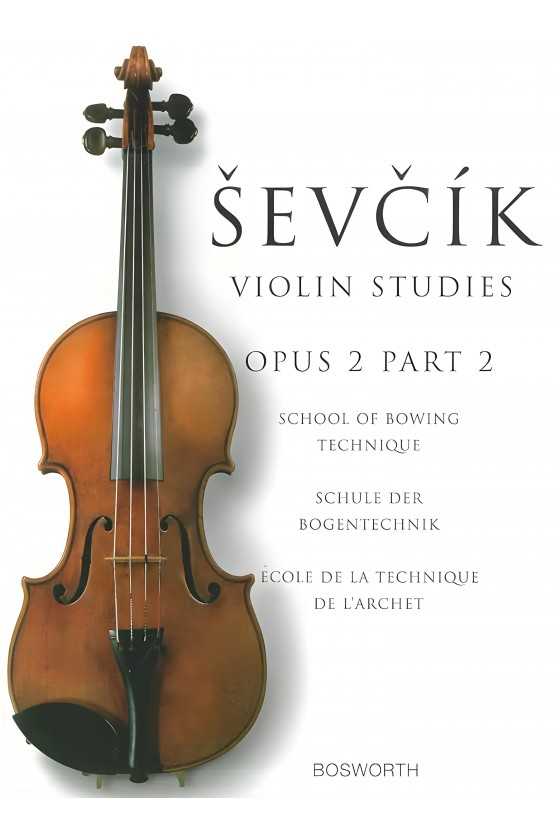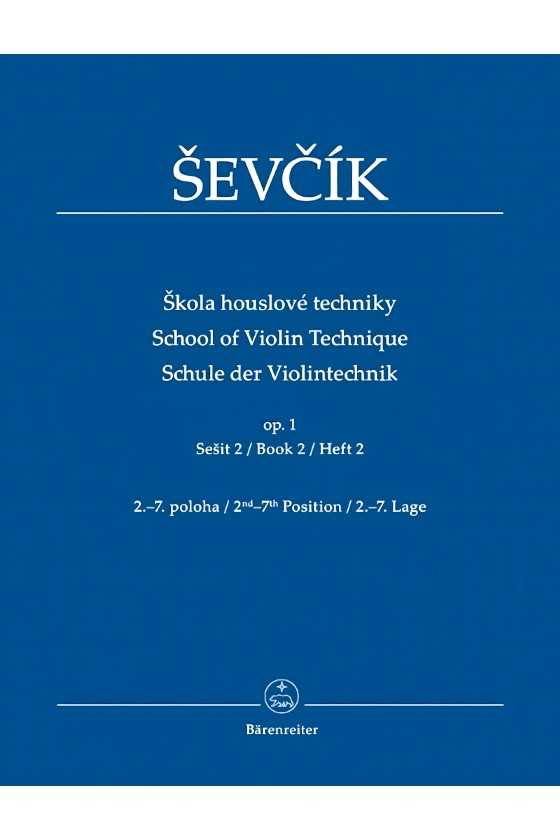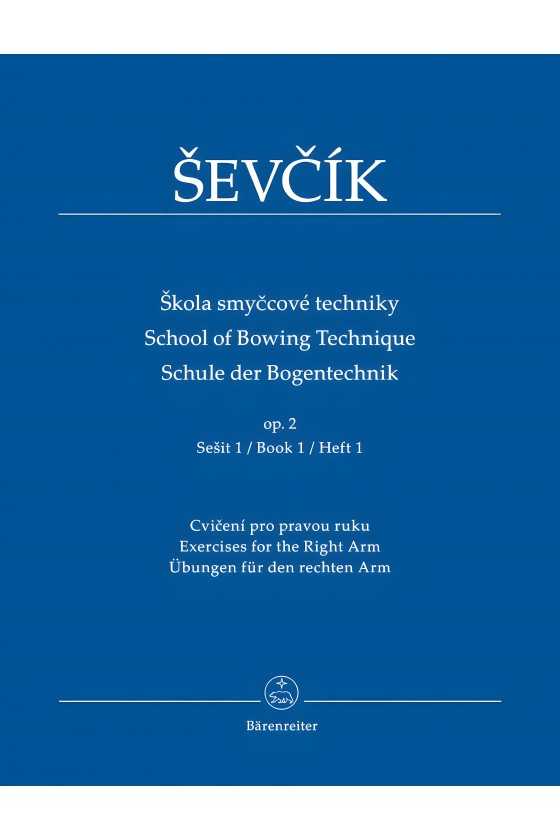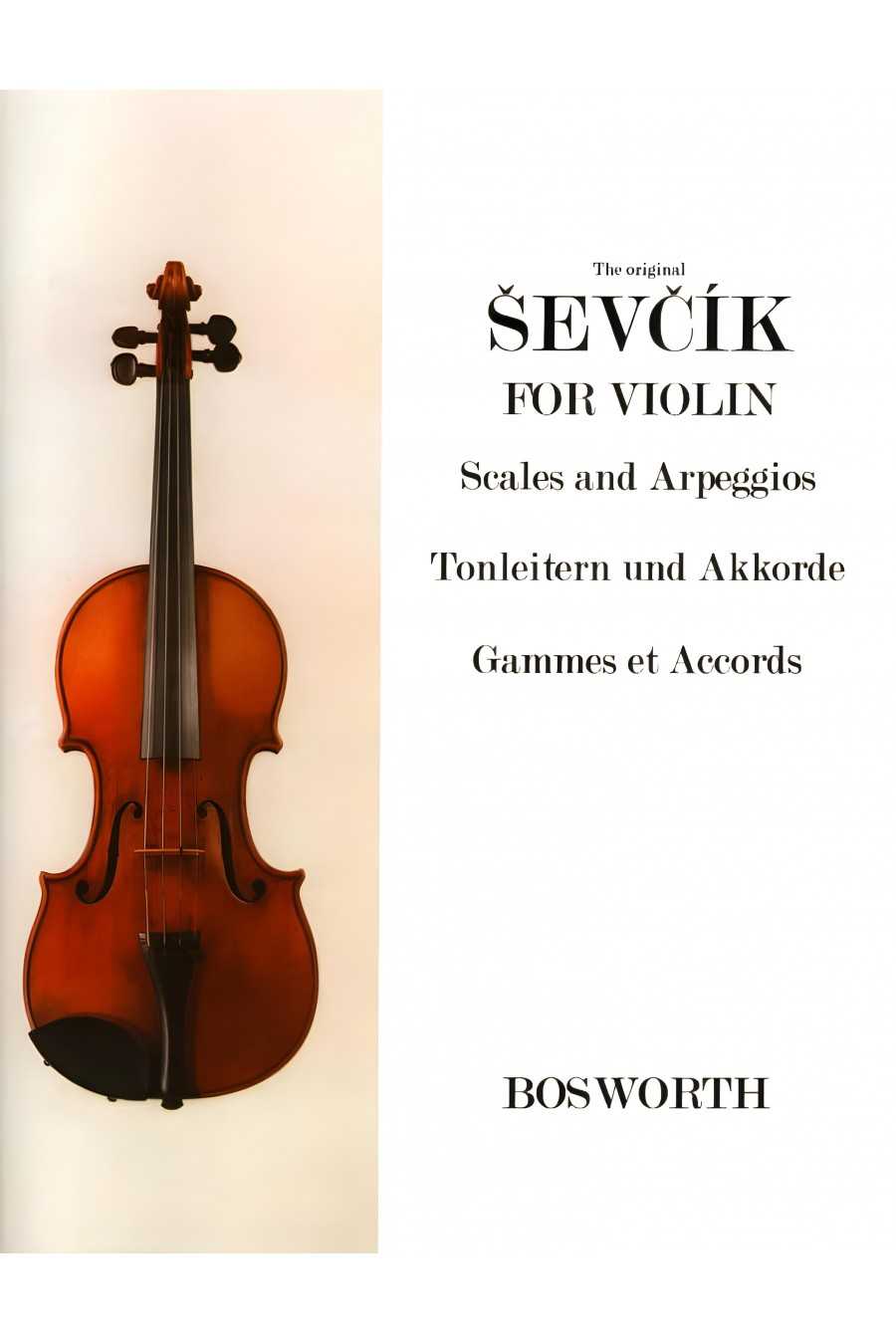
Sevcik, Op. 2 Bk. 6 for Violin
Otakar Sevcik's "School of Bowing Technique" offers technical exercises for violinists of all levels, from beginners to advanced players. Book 6 focuses on arpeggios on all four strings and includes helpful commentary.
Otakar Sevcik was a famous violin teacher who developed "Scales and Arpeggios," a comprehensive set of exercises for beginner and advanced players. The book includes scales, arpeggios, chords, broken chords, triads, and double-stopping exercises spanning over two octaves. The Bosworth Edition has helpful commentary.
Otakar Sevcik was a renowned violin teacher who developed a series of technical exercises for beginner and advanced violin players. His studies were designed to be rigorous and effective.
One of his most comprehensive works is "Scales and Arpeggios." It includes a wide range of exercises, such as scales spanning over two octaves, arpeggios, triads, chords, broken chords, and double-stopping exercises. The Bosworth Edition also features valuable commentary on these exercises.
Otakar Sevcik's "School of Bowing Technique" offers technical exercises for violinists of all levels, from beginners to advanced players. Book 6 focuses on arpeggios on all four strings and includes helpful commentary.
Otakar Sevcik was a renowned violin instructor who developed technical exercises for violinists. This volume focuses on changing positions and preparatory studies for three-octave scales. The exercises provide a musical framework for each shift, making them more effective. This Bosworth Edition includes helpful commentary.
Since 1901, the works of Otakar Sevcik have been the foundation of various schools of string playing worldwide. Many players have found Sevcik's works to be of great value in their technical development. When practising Sevcik's exercises, there are four primary aspects to consider:
• Maintaining pure intonation.
• Ensuring evenness of tone.
• Achieving exactness of rhythm.
• Promoting physical freedom and ease.
Op. 6 Part 1 contains exercises in the First Position.
Sevcik's Violin Studies is a century-old renowned method for improving violin technique. The Third part of Opus 1 reinforces strength, dexterity, accuracy, and position change exercises. It also includes scales and arpeggios spanning three octaves.
Otakar Sevick was a famous Czech musician and violin teacher. He authored many relevant works, including a collection of 40 studies focusing on right-hand techniques. His violin teaching methods are practical and effective even after a century. The studies include exercises for string-crossing, arpeggios, triplets, bowing style changes, staccato, legato, and more.
Otakar Sevcik is a renowned violin teacher known for his effective technical exercises catering to beginner and advanced violinists. His book, "School of Bowing Technique," focuses on developing the right-hand technique, including bowing style, accuracy, rhythms, and wrist speed/strength. Book 2 covers rhythmic exercises, different bowing styles, and sustained tones. This Bosworth Edition also includes helpful commentary on the exercises.
Ševcík’s “School of Violin Technique” is a comprehensive guide covering every aspect of violin technique. It’s been one of violinists’ most important teaching methods for over 130 years. The latest version includes four books derived from the first edition and some unpublished works of Ševcík. Jaroslav Foltýn, a violin professor, has contributed to this latest version for an accurate methodological commentary.
• This is a brief about a new edition of a violin method that generations of violinists have used.
• It is a seminal work by a leading violin educator.
• Each book contains a methodological commentary by the editor in Czech, English, and German.
• This edition begins a series of new Bärenreiter publications of Ševcík’s principal works.
"School of Bowing Technique" op. 2 by Otakar Ševčík is a significant violin tutor with over 4,000 bowing exercises arranged by difficulty. The latest version combines the original six volumes into two and is primarily based on the first edition. The editor is Jaroslav Foltýn, a professor of violin at the Prague Conservatory.
• New edition of a tutor that generations of violinists have grown up with
• Fundamental work by a leading violin educator
• Three volumes in increasing order of difficulty: easy-moderate–difficult
• Methodological notes by the editor (Cz/Eng/Ger)
Exercises for the Right Arm
Boxed:
Sticky Header:
Sticky Add To Cart
Sticky Footer:
Font:


